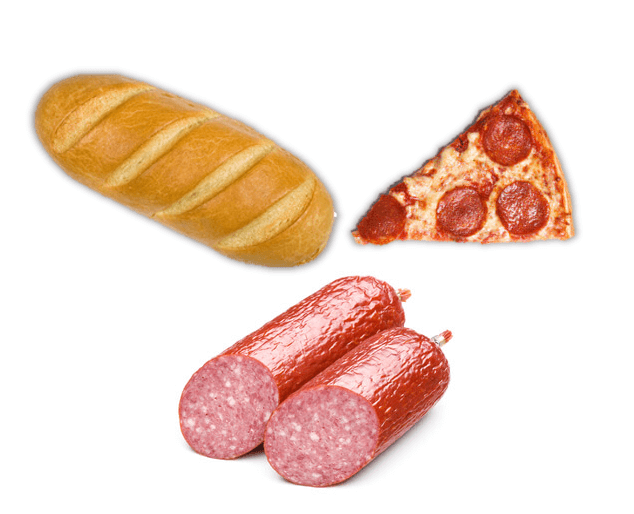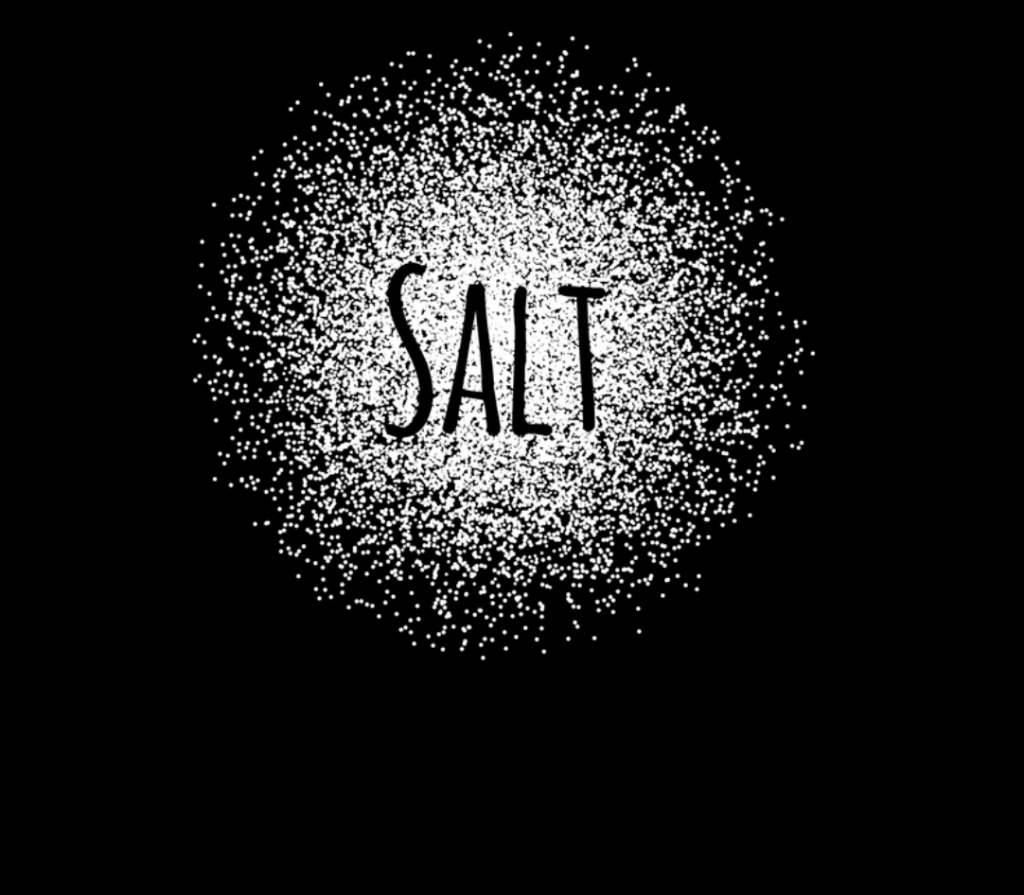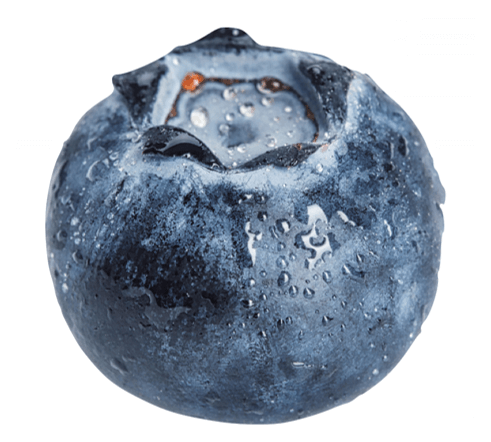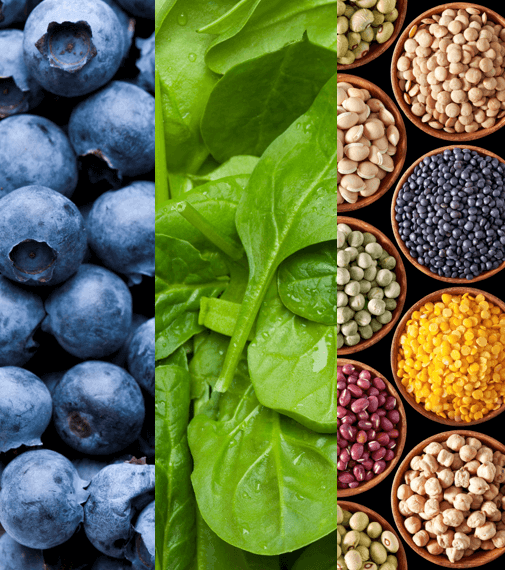A low sodium diet can help you improve blood pressure and cut your risk of vascular disasters—in fact, a recent study found that swapping table salt for a salt substitute can significantly lower the risk of stroke and early death.
But while it’s clear that consuming less sodium is a healthy shift, the best life-hacks for a low sodium diet are not always the most obvious ones.
Let’s shake out the things you should know about salt, and learn some little-known ways of lowering your salt intake.
On the Road Salt
Most of the salt in our diet comes while eating “on the road.” A recent study shows that whether in California, Alabama, or Minnesota, most people consume about 70% of their dietary salt outside the home.
Restaurant food—especially fast food—is notoriously laden in salt. The very best way to cut back on salt is to eat out as little as possible and, when you do, ask for low-salt preparations and sauces on the side.
Lost Shaker of Salt
Though most of the salt in our diet comes from restaurants and pre-packaged foods, about 10% comes from the saltshaker used at mealtime—so cutting down on salt in home cooking and at the table can make an important difference. Read on for some facts that can help you choose wisely.
Why the Shape of Salt Can Help You Shift Toward Low Sodium Recipes
Salt for home use comes in a surprising array of shapes and forms. Picking the right one can help you cut back on your overall intake. Here’s why:
- Standard table salt is very finely ground sodium chloride. A typical serving of table salt—about a quarter teaspoon—contains 590 milligrams of sodium. For reference, the U.S. Dietary Guidelines for Americans recommend consuming less than 2,300 milligrams of sodium per day. That’s less than a teaspoon of regular table salt (and the recommendations are even lower for children and people with high blood pressure).
- Coarse kosher salt consists of sodium chloride just like table salt, but it comes in especially large crystals. A quarter teaspoon has 480 milligrams of sodium—18% less than the same size serving of table salt. That’s because there’s more space around the larger crystals of kosher salt, as compared to table salt where the finely ground granules cram close together. In recipes that call for regular salt, you can cut 18% off the sodium content by substituting kosher salt, and chances are you won’t taste a bit of difference.
- “Lite” salt is a combination of sodium chloride and potassium chloride, usually in 50/50 proportions. This mix can be especially beneficial because potassium helps to lower blood pressure, partially offsetting the effect of sodium. Salt substitutes of this type are widely available and can be a good solution, but people with weak kidneys and those taking certain medicines that promote the body’s hoarding of potassium might need to avoid taking extra potassium. Check with your physician to be sure. Another downside is a minor metallic taste that some people perceive in products containing potassium chloride.
- Salt/spice blends are an especially easy way to cut the salt without losing the taste. One of my favorites is Mixed-Up Salt, a combination of salt and herbs, which has only 270 milligrams of sodium per quarter teaspoon. Using a blend like this instead of your regular saltshaker can help you cut your sodium from table salt by over 50%! [Note: The Gaples Institute never receives financial consideration of any type from mentions of products.]
Foods That Add the Most Salt to Our Diets (likely not the ones you think)

#1: Breads (including rolls, buns, and tortillas). They might not taste salty, but all breads contain salt. And because Americans eat a LOT of bread, the sodium milligrams add up quickly.
#2: Processed meats. Most cold-cuts and processed meats are loaded with added salt. Just one more reason to avoid processed meats, foods singled out by the World Health Organization as carcinogens.
#3 Pizza. A virtual salt bath, pizza contains loads of salt in the crust, the sauce, the cheese, and processed meat used for toppings.
Salty Talk: 5 Important Take-Aways for a Low-Sodium Diet
Excess salt is one of the major contributors to heart disease and stroke. With a bit of care, it’s easy to cut back on salt and eat healthfully—and deliciously:
- Eat out as little as possible in favor of home-cooked meals.
- When you do eat out, ask for low-salt preparations and sauces on the side.
- Prepare food at home from whole, unprocessed foods.
- Consider replacing regular salt in cooking and on the table with lower-sodium forms or blends.
- Cut back on breads and pizza and make it a goal to eliminate processed meat.
References:
Salt Substitutes and Cardiovascular Deaths
Salt Consumed Outside the House
Dietary Guidelines for Americans, 2020-2025
Interested in eating better for your own health?
Learn the essentials of good nutrition in our interactive, user-friendly nutrition learning program for the public.
Clinicians: Do you feel confident responding to patient questions about nutrition?
Take our award-winning condensed interactive nutrition CME—and learn what every clinician should know about nutrition.



